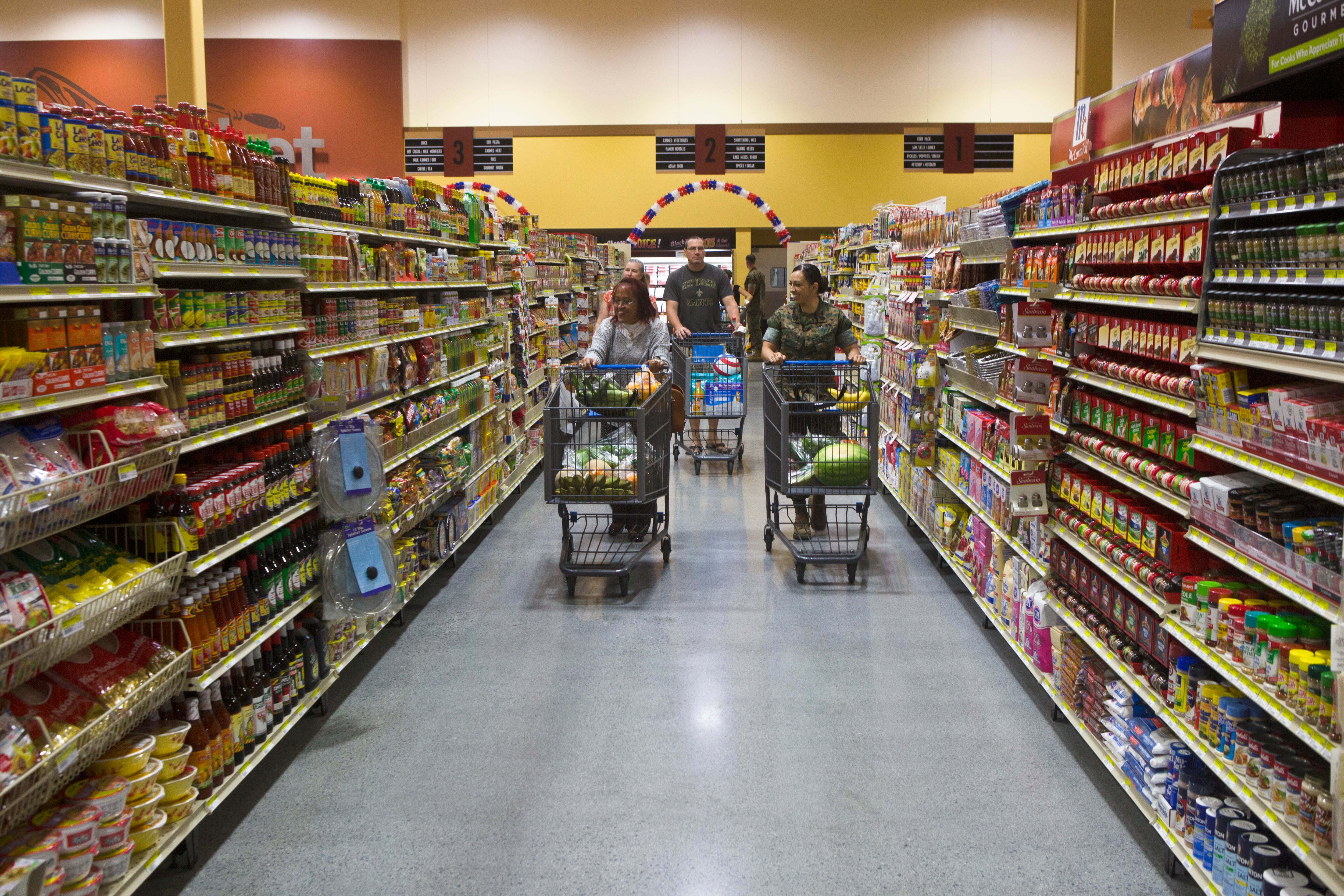BEIRUT — Syrian government forces and their allies captured another major eastern Aleppo neighborhood and several smaller areas Monday, putting much of the northern part of Aleppo's besieged rebel-held areas under government control for the first time in four years, state media reported.
Russia's Defense Ministry said the areas captured by Syrian government troops include 10 neighborhoods and over 3,000 buildings in the past few days. The ministry added in a statement that more than 100 rebels have laid down their arms and exited the Syrian city's eastern suburbs.
Aleppo, Syria's largest city and former commercial center, has been contested since the summer of 2012 and a rebel defeat in the city would be a turning point in the five-year conflict. If Syrian forces capture all of east Aleppo, President Bashar Assad's government will be in control of the country's four largest cities as well as the coastal region.
Simultaneous advances by Syrian government and Kurdish-led forces on Sunday set off a tide of displacement inside the divided city, with thousands of residents evacuating their premises to safety (see photo above) in government and Kurdish-controlled areas of the city since Saturday.
Rebel defenses swiftly collapsed as government forces pushed into the Hanano district on Saturday, the first time they had pushed this far into eastern Aleppo since 2012.
With Monday's capture of Sakhour, the rebels are now left boxed in mostly in central and southeastern Aleppo, encircled by government territory on all sides.
Rami Abdurrahman, who heads the Britain-based Syrian Observatory for Human Rights, said Syrian government forces have captured some 10 neighborhoods over the past few days, putting nearly 30 percent of Aleppo's formerly rebel-held neighborhoods under state control.
State TV said 3,000 people, half of them children, have fled over the past few hours. It showed men, women and children in green buses being taken to government-controlled areas.
"It is stinging cold, food is scarce and people are shaken in the streets," Mohammad Zein Khandaqani, a member of the Medical Council in Aleppo, told The Associated Press in a voice text message from east Aleppo.
He added that some residents are taking refuge in mosques while others moved to homes of displaced people in safer areas.
He said although thousands of people have fled to government or Kurdish-controlled areas in Aleppo, many stayed because they are wanted by the state.
Ahmad Araj, senior official with the Syrian National Democratic Coalition that consists of Arab and Kurdish groups, said 8,000 people have fled to the Kurdish-control Sheikh Maqsoud district so far, calling on international aid organizations to help those who are now displaced.
The Russian Defense Ministry also said Syrian government troops had pushed the rebels from Qadisia which it described as the "key neighborhood of eastern Aleppo."
Associated Press writers Sarah El Deeb in Beirut, Albert Aji in Damascus, Syria and Nataliya Vasilyeva in Moscow contributed to this report.





